NIGHTS OF CABIRIA. Fellini’s Masterpiece Deciphered
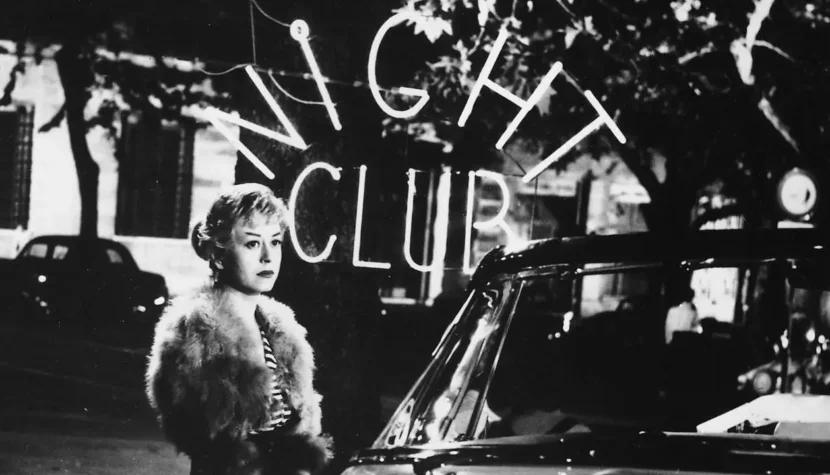
When Fellini knocked on his door seeking financial backing for the film, an irritated Lombardi, aware of the poor financial performance of Fellini’s previous work (Il Bidone), began berating him.
He criticized Fellini for first making a film about “pederasts” (I Vitelloni), then telling a story about vagabonds (La Strada), moving on to swindlers (Il Bidone), and now planning to sympathize with prostitutes. At the end of his rant, Lombardi sarcastically asked which social group Fellini intended to portray in his next masterpiece. Without hesitation, the director responded that it would surely be film producers. The conversation, of course, ended a few seconds later. Nights of Cabiria

In hindsight, this story can be treated as an innocent anecdote that vividly proves the famous Italian temperament indeed exists. However, when considered in close connection with Fellini himself, it reveals characteristics of the early phase of his career. From the beginning of his cinematic journey, Fellini faced distrust from producers. While this is somewhat understandable in the case of I Vitelloni (1953), in which Fellini clearly diverged from the still-dominant neorealism in Italy, after the international success of La Strada (1954), which won the Silver Lion and an Oscar, the difficulties in securing funding for his subsequent projects are a bit puzzling. Of course, in the 1950s, Italians were still under the strong influence of Zavattini’s texts, but the development of poetic cinema, which was beginning to take a slightly different path from the neorealist classics, was becoming a reality.
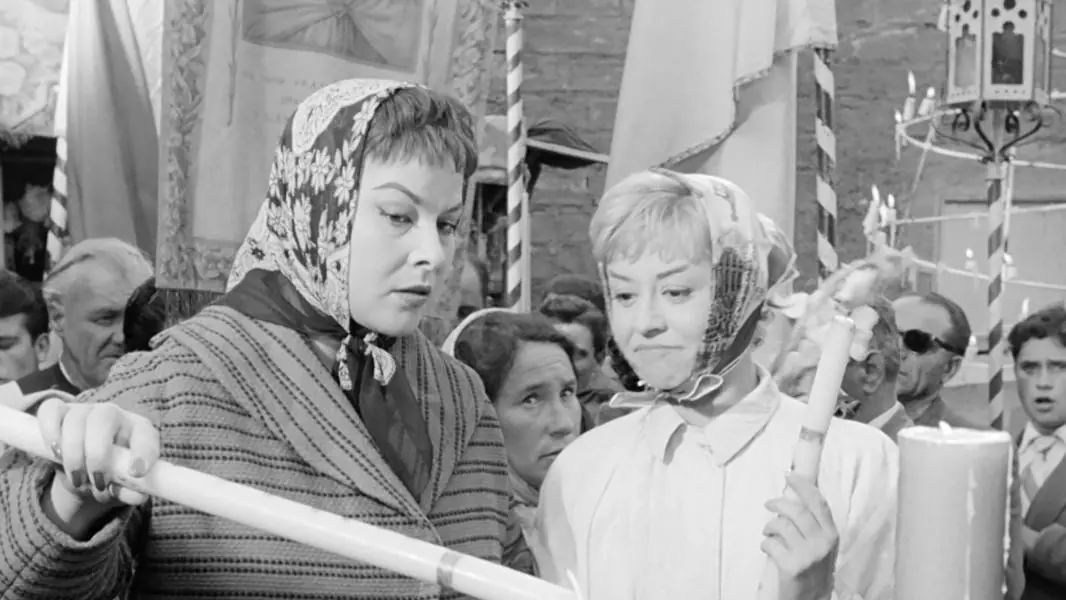
La Strada, which initially also faced significant resistance from producers who saw it more as a poem than a film, ultimately proved that something was starting to change in the Italian film scene. People wanted more than just social dramas, which, although often excellent, still maintained a certain emotional distance from their characters. In these films, the characters often served to highlight a significant social issue, becoming symbolic figures designed to illustrate some general pathology. Fellini never treated the characters populating his films in this way. He liked to think of himself as a wanderer who roams the city, sits with people, talks to them without trying to judge but to understand.
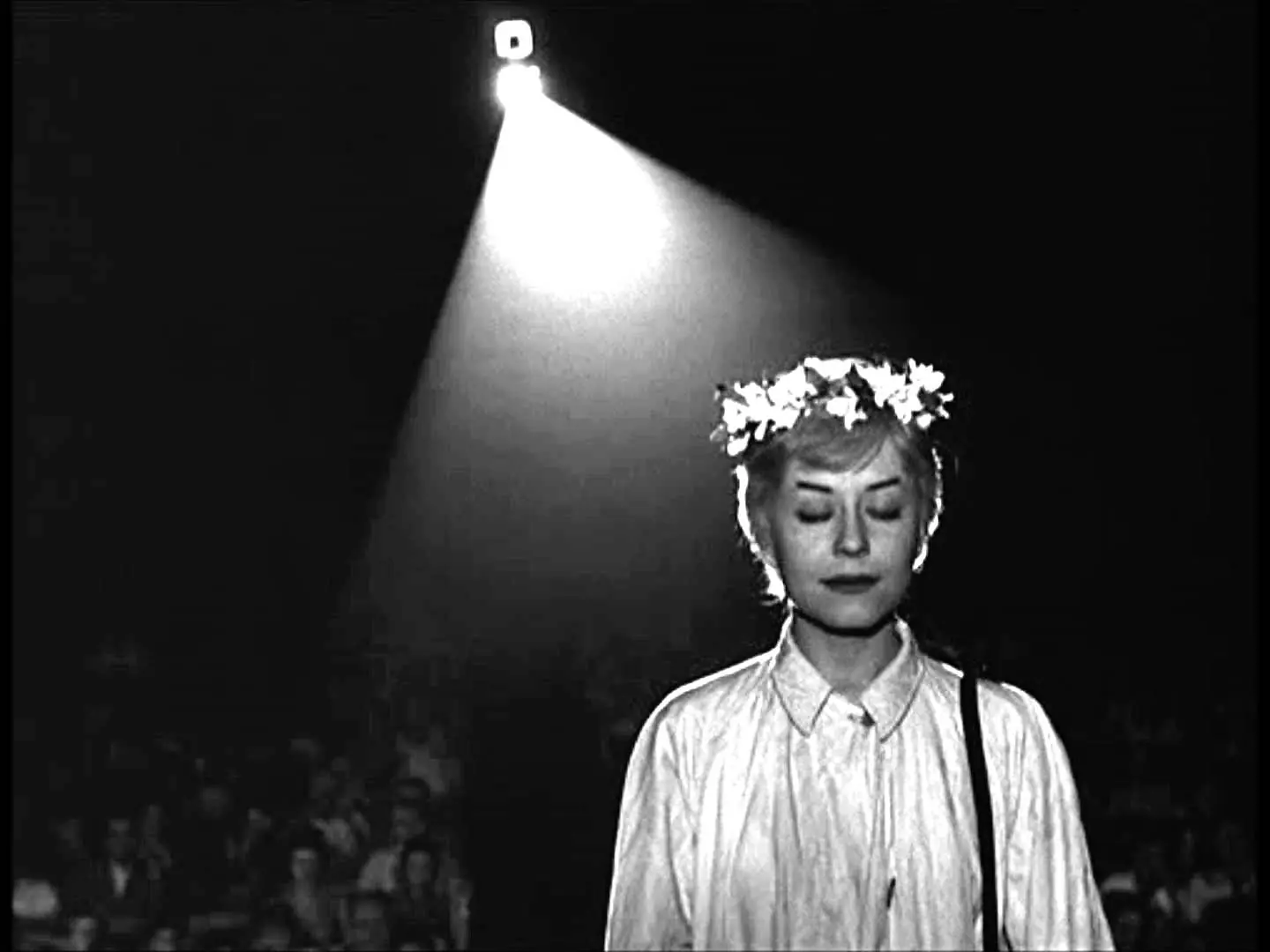
Nights of Cabiria, in fact, was born in a similar way. Although the main work on the script took place in 1955, the character of the small, amusing prostitute appeared in Fellini’s mind around 1947, during his work on L’Amore by Roberto Rossellini. Her name was borrowed from a character played by Giulietta Masina in The White Sheik from 1952. Initially, Fellini hesitated whether Cabiria should be a nun accused of mental illness by people who didn’t understand her sensitivity in approaching the world or a street prostitute who, despite life’s difficulties, manages to keep hope for a better tomorrow. This was reportedly settled when, during the filming of Il Bidone, the director met Felice Wanda, a prostitute living in the ruins of the Roman Aqueduct, who fascinated him with her love for life and belief that each new day could bring a long-awaited miracle. The film’s Cabiria adopted much of Wanda’s approach to life, who even appears in the film as an extra alongside several other prostitutes whom Fellini met during his preparations for the film.
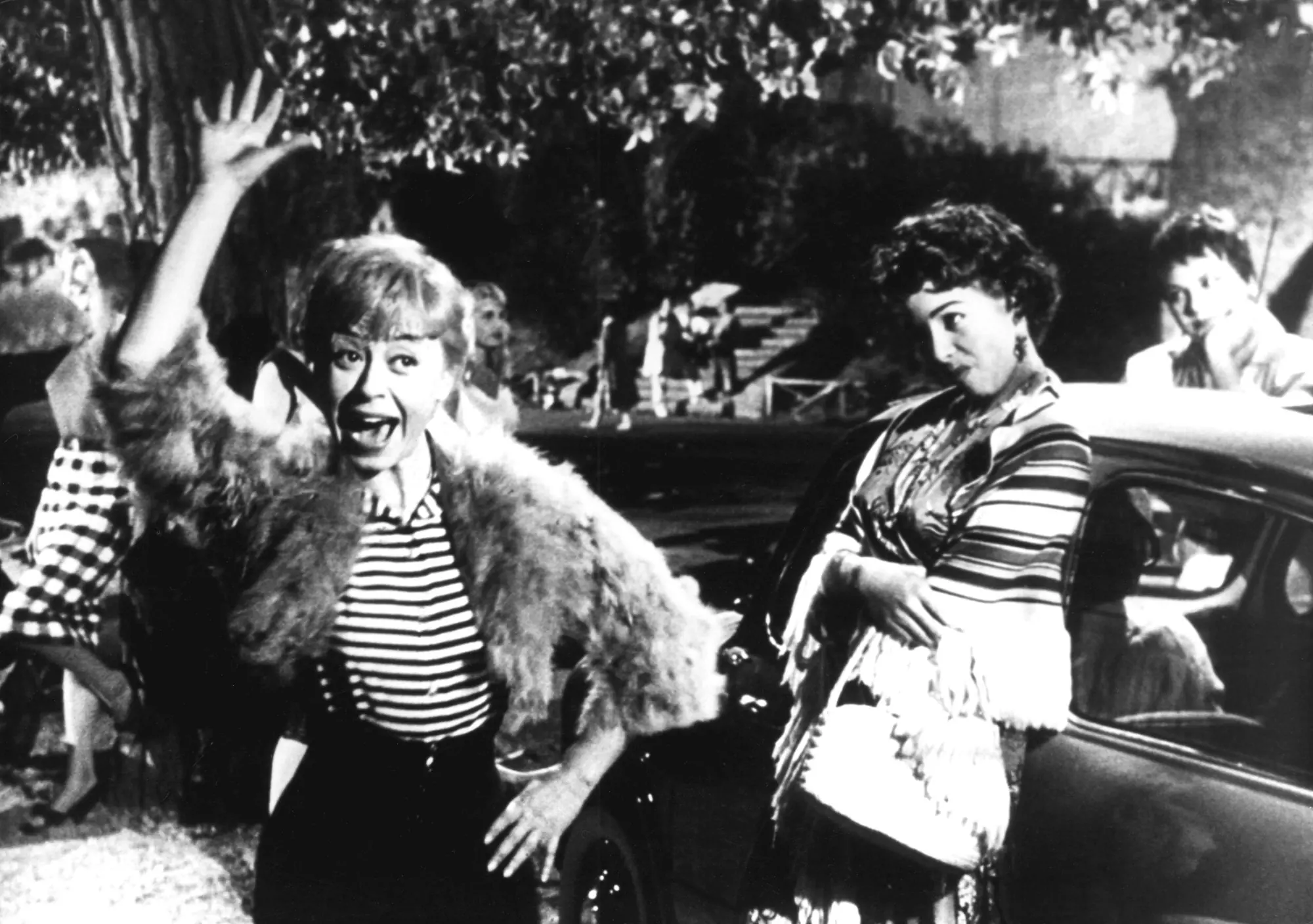
Before shooting Nights of Cabiria, Fellini, his screenwriters, and production designer (Piero Gherardi) decided to immerse themselves in Rome’s nightlife to ensure their vision remained as close to reality as possible, although the film itself had no aspirations to become a reportage on the functioning of the Eternal City’s nighttime underworld. Ever since I Vitelloni, Fellini preferred to work with material he knew firsthand. Imagination and fantasy only supplemented the stories, anecdotes, and language elements that the director encountered during his interactions with people.
To better understand the world of prostitutes and shady characters, Fellini invited Pier Paolo Pasolini, who was well-known throughout Italy for his excellent connections with such figures, to work on the film. Pasolini not only introduced Fellini and the crew to the world of Rome’s dark alleys but also ensured that the final version of the dialogues reflected how people from these nocturnal communities actually spoke.
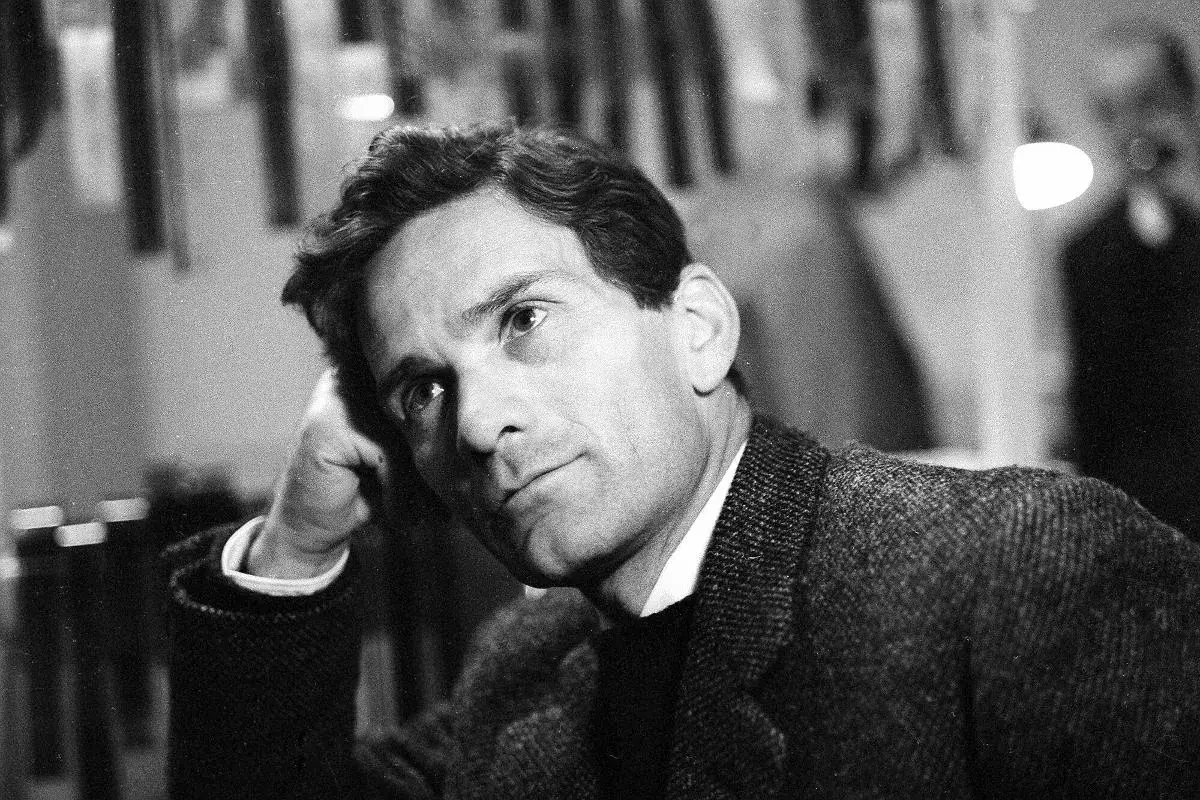
Crippled Beauty
When Nights of Cabiria, thanks to the indispensable financing of Dino De Laurentiis, finally hit theaters, much of the audience saw the protagonist as another variation on Gelsomina from La Strada. The legendary French film critic, André Bazin, was the first to notice that Cabiria’s cinematic sibling was not the iconic heroine from Fellini’s earlier film, but rather Charlie Chaplin‘s Tramp, a character who, beneath the veneer of clumsiness and humor, hides enormous depths of humanity, sensitivity, and a need for attention from others.
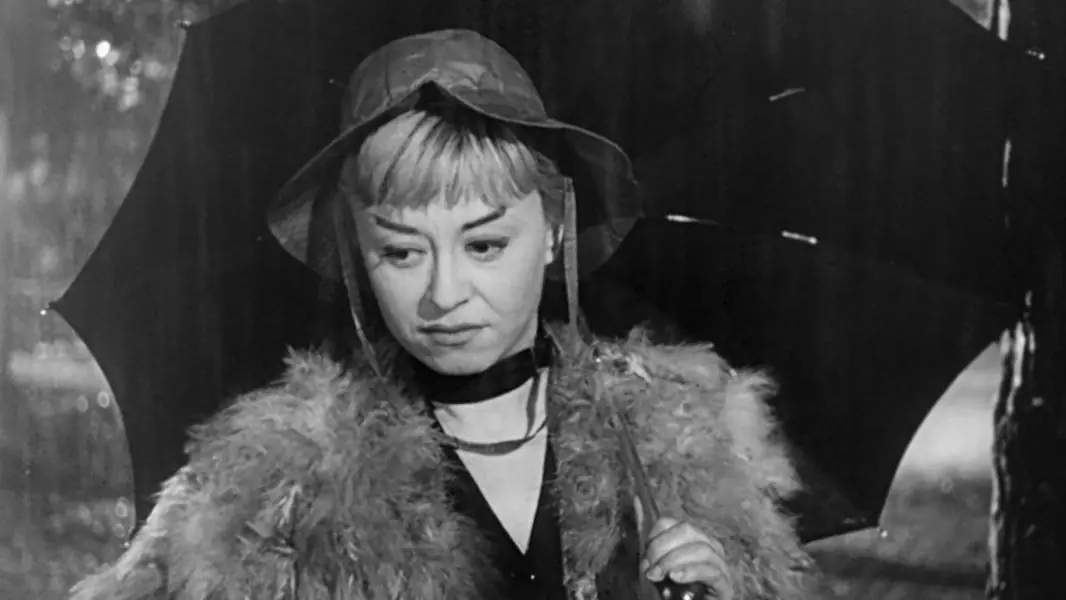
When we observe Cabiria among her nighttime companions and notice the ridiculousness of her outfit, her frailty compared to the voluptuous figures of the other street girls, her expressiveness, and childlike naivety, it’s hard to disagree with Bazin’s thesis. However, while Chaplin’s Tramp is often rewarded for his perseverance and faith, in Nights of Cabiria, we face a much less straightforward vision of the world. I once encountered a commentary on Fellini’s entire body of work, where the author remarked that despite all the fantastic events, poetic scenes, and enchanting music by Nino Rota, Fellini’s world is sad and ugly, much like it often appears in reality. Despite its touch of pessimism, there is truth in this observation, as Fellini’s visions, even when they tug at the heart, when they captivate with their grandeur, still linger close to streets lined with dilapidated buildings filled with everyday human problems. Cabiria, in Fellini’s work, is an iconic figure. Her crippled beauty could easily grace the cover of a monograph on the director.

Fellini symbolically highlights this beauty most fully during Cabiria’s visit to the home of the famous actor Alberto Lazzari. Awed by the opulence of the interior, Cabiria doesn’t even think to remove her fur, completely out of place on a warm Italian night. She quietly sits on a pouffe beside a statue of a female body missing its head, arms, and legs. To her right stands a clock that looks remarkably like a monstrance. Lazzari asks her if she likes Beethoven’s Fifth Symphony. Cabiria, embarrassed, replies that the music isn’t quite her style, but yes, she likes it. The crippled statue serves not just as background but as a commentary on both Cabiria and her life, which, without the love she longs for, is incomplete.

The motif of disability recurs throughout Nights of Cabiria. Sometimes Fellini references it subtly, such as the torn blouse that embarrasses Cabiria in front of the impeccably dressed Alberto Lazzari. Other times, he uses stronger symbols, like the pilgrimage to the shrine of the Black Madonna, where Cabiria prays for her fortunes to change. While Cabiria hopes for a miracle, Fellini shows us a multitude of disabled pilgrims, and the sanctuary walls are lined with crutches and other signs of physical ailments. Does faith bring miracles, or is it merely an opiate for the masses? Although this question often arises in Fellini’s work, the viewer never gets a clear answer.
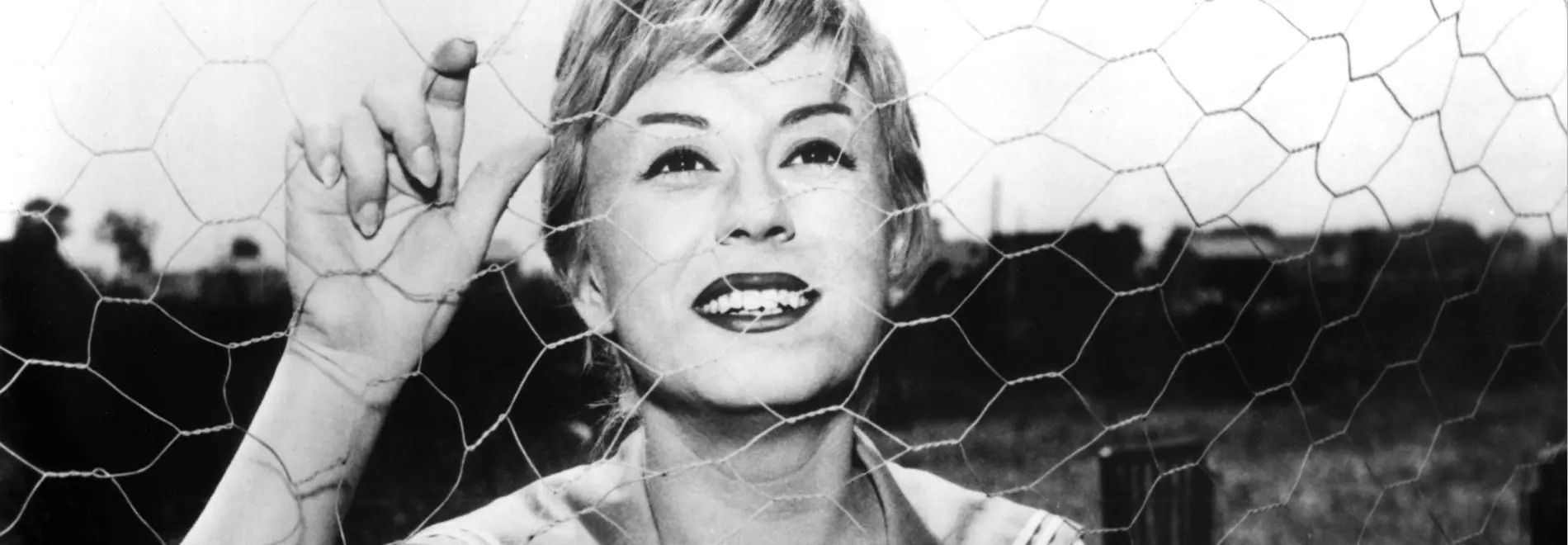
In Nights of Cabiria, Fellini plays with Christian religiosity not only in this scene but also in brief episodes showing prostitutes dismissively watching Franciscan friars, who they believe are begging instead of working. Despite her profession, Cabiria’s life resembles that of a saint, enduring life’s slaps without seeking revenge, still believing in a miracle. Thus, perhaps to spite producers like Lombardi, Fellini turns the life of a street prostitute into a kind of secular hagiography, no less powerful than stories of unshakable faith in divine providence. Though, in Cabiria’s case, no divine figure seems to intervene, and the silence of the Black Madonna suggests doubt. In Fellini’s film, however, the sacred resides within the individual. The miracle unfolds within the person who, despite the constant wounds to body and psyche, remains untouched, hopeful, and full of faith.

